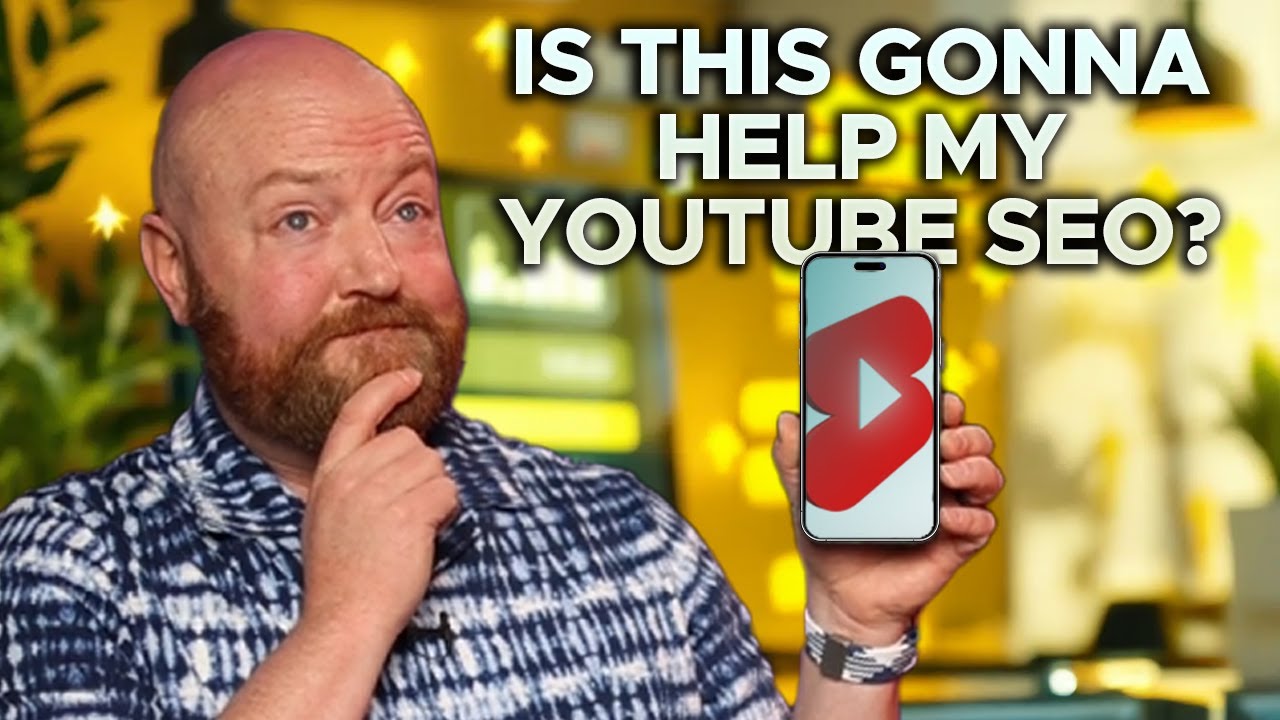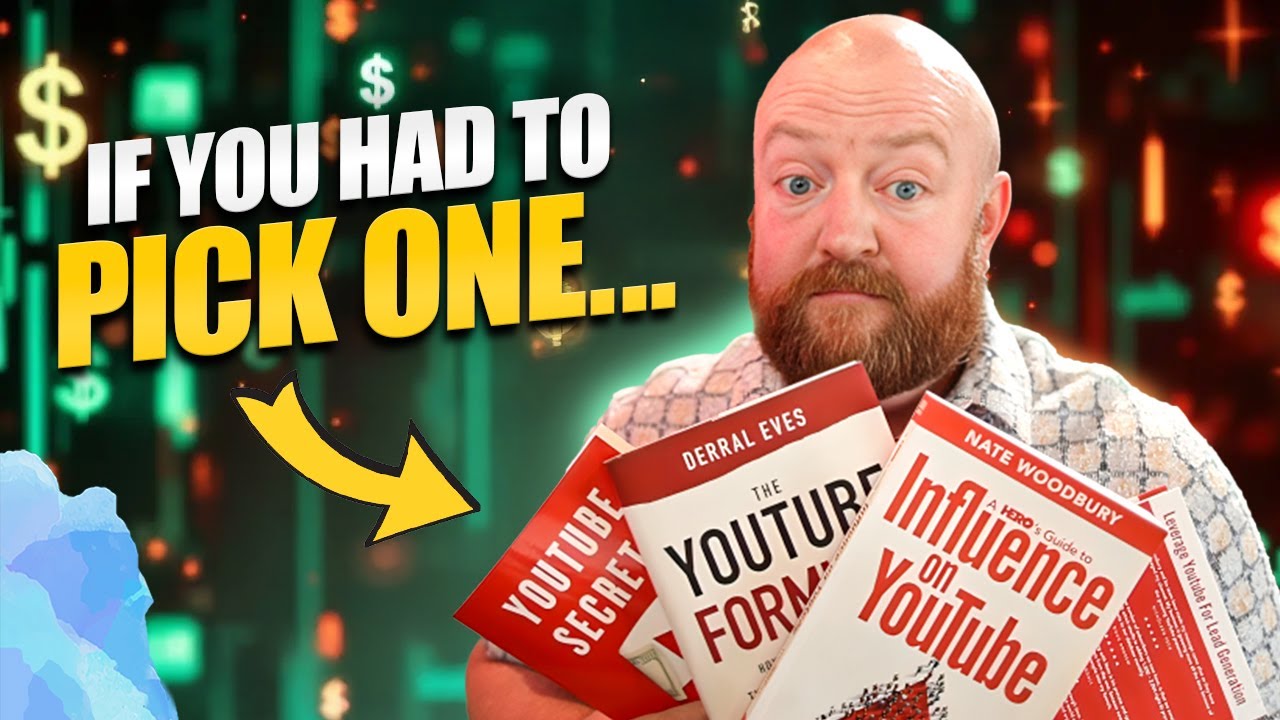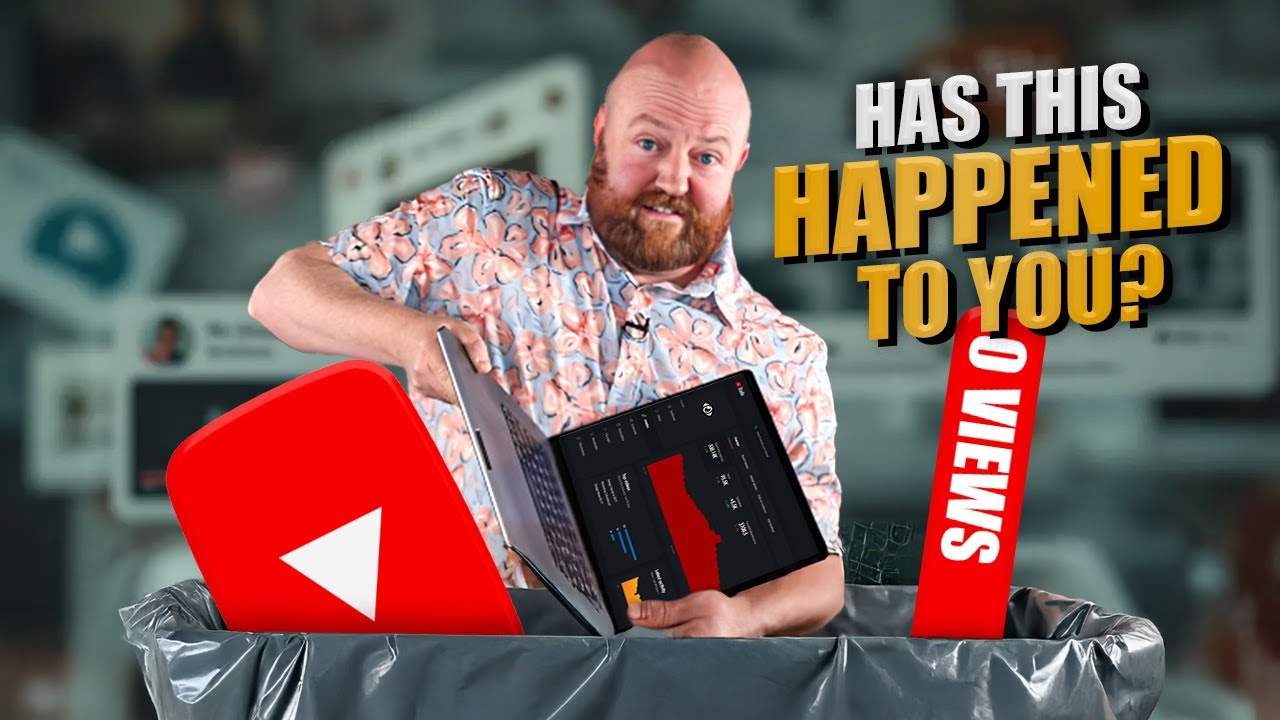Do you dread the thought of writing a full script for your YouTube videos? You’re not alone! In this episode, we’re diving into the most effective (and easiest) way to prepare for your YouTube content. Forget teleprompters and lengthy scripts – there’s a better way to create engaging videos that build a real connection with your audience.
We’ll explore why a conversational style works best, the power of simple talking points, and how to craft compelling beginnings and endings that keep viewers hooked. By the end of this post, you’ll have a clear strategy for preparing for your next YouTube video with confidence.
Ditch the Teleprompter (and the Full Script!)
It might seem counterintuitive, but I strongly recommend against using a teleprompter or fully scripting your YouTube videos, especially for content aimed at building relationships and generating leads.
While scripts are essential for highly polished promo videos and advertisements that take viewers on an emotional journey, they can feel stiff and unnatural in the context of regular YouTube episodes. Think about it: if you were having a one-on-one conversation on Zoom or FaceTime and the other person was clearly reading from a script, it would feel incredibly awkward!
Your YouTube videos, particularly those designed to answer questions and provide value, should feel like a natural conversation. Don’t worry about perfect grammar or adopting a formal “presentation mode.” Embrace your natural speaking style. Pauses and the occasional “um” are part of authentic communication and can actually make you more relatable.
Newscasters are experts at appearing natural while reading a teleprompter, but that’s their specific skill. Their goal isn’t typically to build a personal connection with the audience. For your YouTube channel, authenticity and relatability are key.
Trying to use a script as a crutch can actually hinder your ability to connect with your audience. If you have genuine expertise and are answering their questions, speaking naturally from talking points will feel liberating and allow your personality to shine through.
The Power of Talking Points
So, what’s the alternative to scripting? Talking points! I recommend having a simple list of key ideas you want to cover, either on your computer screen (like I often do off-camera) or printed on a piece of paper.
The beauty of this approach is that you don’t need to memorize anything word-for-word. This isn’t a keynote speech where a perfectly memorized delivery is crucial. YouTube videos are edited! Any pauses, restarts, or moments where you gather your thoughts can be seamlessly removed in post-production.
This knowledge takes a huge weight off your shoulders and reduces the pressure during filming. If you’re following the LEAF Strategy (as I teach on this channel), your video title is often a question your audience is asking. Before filming, simply jot down 2-3 key points or a story that directly addresses that question.
During filming, glance at your notes to remind yourself of your first point. Then, look directly at the camera and deliver that point. Don’t worry about what comes next. Intentionally pause when you’ve finished your thought. This prevents your mind from racing ahead and potentially forgetting important details.
Repeat this process for each talking point. This bite-sized delivery not only reduces pressure but also creates a more structured and digestible video for your viewers. You’re less likely to skip over crucial information or jump ahead prematurely.
The more relaxed and natural you are on camera, the better you’ll be at building a genuine relationship with your audience.
Saving Time with Outlines
Outlining your videos with talking points offers a significant time-saving advantage compared to writing full scripts. I can often outline a video in just a few minutes (maybe up to 10 if it’s a new or complex topic).
However, scripting a 10-12 minute episode word-for-word can easily take me a couple of hours. As a perfectionist, I’d be agonizing over each word, the flow of sentences, and ensuring I’ve included everything.
Considering that we often film multiple episodes in a single day, the time saved by using outlines is substantial. I can outline numerous videos in the time it would take to fully script just one or two.
Enhancing Your Content Beyond Talking Heads
Once you have your talking points, consider how you want to present the information visually. While simply talking to the camera is effective, think about incorporating other elements to keep viewers engaged:
- Flip Charts: Great for teaching and visually breaking down concepts.
- B-roll Footage: Relevant clips that illustrate your points (e.g., showing someone practicing basketball if you’re talking about practice).
- Slides (Used Strategically): Avoid dense, text-heavy slides that you simply read. Instead, use screenshots, visuals (like thumbnails), or key takeaways to enhance understanding. Remember to switch between your face and the slides to maintain engagement. You can even use picture-in-picture effects in editing.
While filming, focus on looking at the camera when you’re speaking directly to the audience. Glance at your laptop screen or notes when needed, but always return your gaze to the camera.
Crafting Compelling Hooks
The beginning of your video is crucial for grabbing attention and convincing viewers to keep watching. After outlining your content, think about how you can introduce the topic in a way that sparks curiosity.
I often spend more time scripting my opening “hooks” than any other part of the video. These are the first few sentences designed to tell viewers what they’ll learn and why they should invest their time in watching.
For example, for a video titled “How to Write a Script for a YouTube Video,” my hooks might be: “Compare different ways. Which are most effective? How to make your video more interesting?” These are more direct and scripted than my internal talking points.
YouTube values audience retention (average view duration). The better you are at setting compelling curiosity hooks at the beginning, the more likely viewers are to watch your video all the way through, which signals to YouTube that your content is valuable.
The Power of a Focused Call to Action
When you reach the end of your video, resist the urge to rattle off a generic list of “like, comment, and subscribe.” Instead, plan one specific call to action.
If your primary goal is to gain subscribers, clearly explain the value of subscribing. Tell viewers what kind of content they can expect and why they should hit that subscribe button.
Personally, I often use one of two main calls to action at the end of my videos (and the videos I produce for clients):
- Direct Viewers to Another Relevant Video: Be specific! Instead of saying “watch more of my stuff,” say something like, “Now that you’ve learned A, B, and C, go watch my next video, ‘[Video Title],’ where we dive into D and F.” Create curiosity about the next video.
- Offer a Free Gift: This is a great way to drive traffic to your website and generate leads. Offer a valuable resource (e.g., an ebook, checklist) in exchange for their contact information. For example, “If you’d like to learn the whole strategy, I’ve written a book, and you can get a free copy by going to [link].”
Since a key focus of this channel is helping you rank your YouTube videos on YouTube and Google (my LEAF Strategy), my typical call to action is to direct viewers to my video explaining that strategy.
By focusing on a single, clear call to action, you’re more likely to get the desired result.
By embracing talking points, crafting compelling hooks, and implementing a strategic call to action, you can create engaging and effective YouTube videos without the stress of full scripting or relying on a teleprompter. Focus on providing value and having a natural conversation with your audience, and you’ll be well on your way to building a successful YouTube presence.




